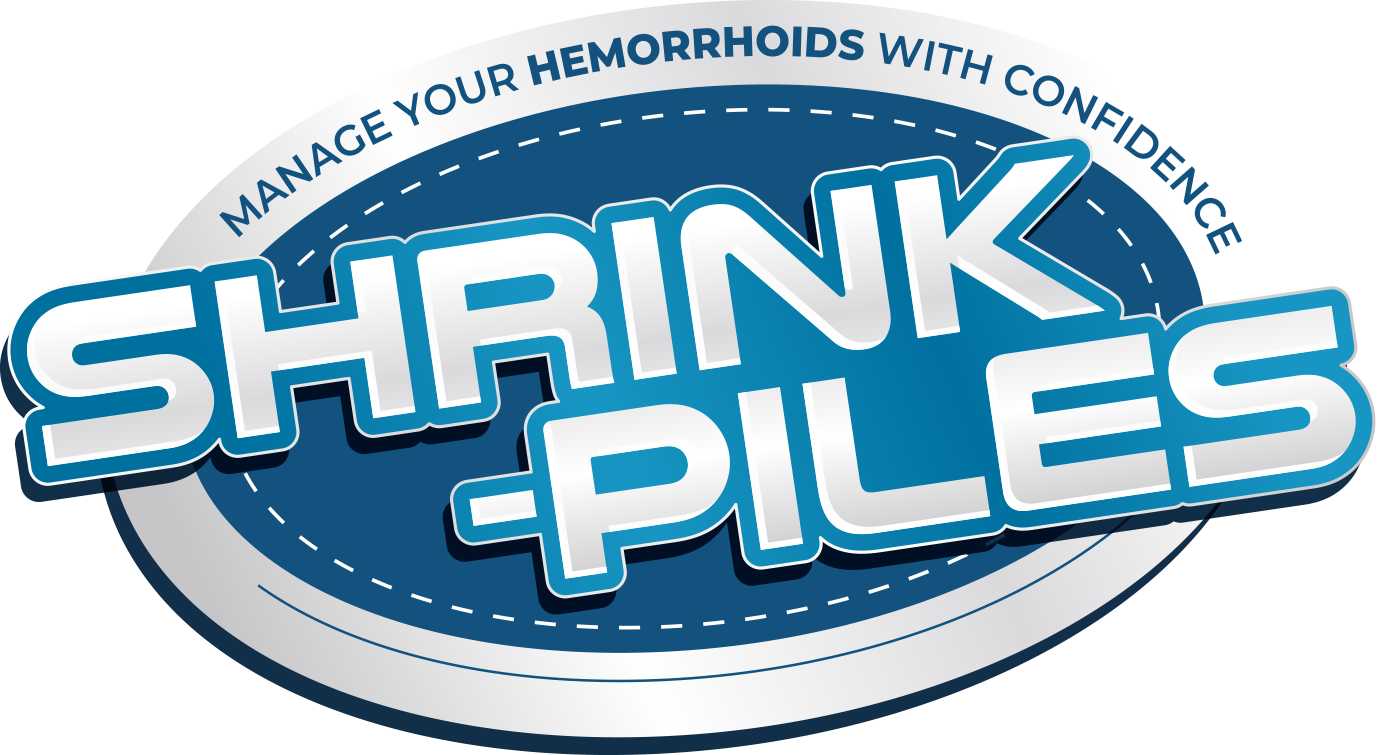A lead rating system helps you determine which leads your sales team needs to pay close attention to and which leads need to be nurtured by marketing. Generally, leads rated as hot will be sales pipeline deals that the sales team is actively working on. For leads marked as cold, the goal is to re-engage these leads or, at some point in time, remove them from the system if needed.
Best Practice #3: Leveraging AI & Predictive Analytics for Lead Scoring
After you’ve decided what an MQL means to your organization, you are ready to create your list view. This guide will help you in understanding the differences between Pardot score and grade, why you need to use both, and some tips for communicating the information across the teams that need it. When set up and used properly, prospect grading can have a big impact across your organization – the trouble is, grading is tricky to get your head around when starting out. Alli and Alan have worked together to set the initial lead qualification threshold for Get Cloudy. In order for a prospect to be considered qualified, they must have at least a score of 150 points and a grade of B+. Determining the appropriate score and grade threshold can vary based on industry, company goals, sales needs, and other criteria.
- For over 16+ years, we’ve specialized in transforming businesses to industry giants.
- These leads might end up being lower-value customers or might not convert at all.
- Each company is different and therefore requires a different lead qualification process and model.
- These prospects seem like an excellent fit for your products/services and could become a customer.
- To know more about getting started with Pardot, email us at or visit our website.
- Understanding how Pardot’s lead scoring and grading system works is important to understanding the full capabilities of Pardot’s automation tools.
Get to Know Lead Qualification
Sales should provide feedback on lead quality, while marketing should refine lead generation strategies based on conversion data. Some top-of-the-line marketing automation and CRMs may also allow predictive lead scoring, which uses big data and machine learning to fill in the blanks for leads you don’t have complete data on. This lets you score leads faster than if you’d used a traditional lead scoring process. It automatically tracks all website activity, ad clicks, SMS, email clicks as well as form submissions around your existing website(s) and landing pages. The user can furthermore design a set of rules to automatically segment leads based on behavior and intent, which can then be used for data driven marketing and steer Marketing Cloud journeys based on lead behavior.
Pardot Email Marketing
Let’s say Get Cloudy offers corporate training in addition to its consulting services. Get Cloudy wants to identify companies that are larger than 100 software quality assurance (QA) analyst people and have a VP of learning and development or senior HR leader. Data is the backbone of any lead qualification framework, but its value depends on its accuracy. Poor-quality data leads to misaligned grades, incorrect scores, and frustrated teams.
Essentially, this starts with defining your criteria for qualifying leads, as well as your criteria for disqualifying them (this is just as important). Devised by IBM, this go-to lead qualification framework is still used widely today. Real-time data push to the systems where lead qualification data should be leveraged.
What about timeline and authority?
- If someone doesn’t have or see the need for a product, even with a budget, authority, or a timeline, your deal may drag on longer than it should.
- Data mining techniques are more complex and often more intuitive than your actual close rates.
- Assign to sales – If a prospect’s score reaches a score above 49, you can automatically assign them to a sales rep.
- The rule automatically looks for prospects that have a score less than 50 and executes every 10 minutes.
Lead scoring and lead grading act as two separate lead quantifiers, but they work together to mark a lead as SQL at just the right time. Lead scoring assigns numerical values —usually on a scale of 0 to 100— to Lead Generation Specialist job each potential customer depending on their interest in your company and product and how likely they are to become full-fledged customers. Those who get a passing score get more personal attention from sales reps because their eventual sale will make it a worthwhile return on the investment. On the other hand, dropping a lead with a poor score prevents sales reps from wasting time and money on leads that go nowhere. Tailor your scoring and grading criteria to align with your business goals and sales process.









